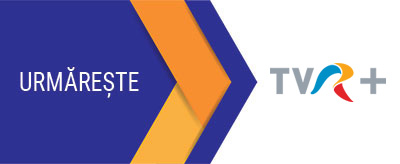

However, since compression of HD programs is better (MPEG-4 vs.

Program tvr 3 acum free#
Unfortunately, the initial STB provided by RDS did not decode MPEG-4, so first I was not able to report on this, but later, in February 2012 I bought a new TV, with integrated DVB-C tuner, and, at least the free HD channels seem also ok. HD programs are compressed with MPEG-4 and all seem to be 1080i. SD programs are compressed using MPEG-2, and the observed quality is quite high, I could not see any compression artefacts, even on dynamic scenes. Again, these are average values due to the variable speed of the MPEG compression, instantaneous values may be lower, for static scenes, or higher, for dynamic scenes. By accounting the Reed-Solomon error correction overhead (188-byte packets sent in 204-byte), and the common 3/4 tuple packing, this translates to 26.59 Mbps/64 QAM multiplex and 35.45 Mbps/256 QAM multiplex.Īs RDS packs (in average) 9 SD programs or 3 HD programs in a 64 QAM multiplex, or 4 HD in a 256 QAM multiplex, this translates to 2.95 Mbps/SD and 8.86 Mbps/HD. If I understand it right, this is the total channel bandwidth. As reported by the STB ( set-top box), the Symbol Rate is 6900 and the modulation is 64 QAM and 256 QAM.Īccording to the DVB-C wiki, the total bit-rate of the 64 QAM multiplex is 38.47 MHz and 51.29 MHz for a 256 QAM. It looks like the reserved frequency range is 306-498 MHz, with 25 channels, separated by 8 MHz. The transmission is DVB-C, and currently uses 19 multiplexes.
Program tvr 3 acum tv#
2) there are 133 TV channels and 9 radio channels. In mid 2010 I upgraded my CATV subscription from analog to digital, and I tried to get some data about the service specifications, more than available on the company site.Īs of today (updated on Jan 12, 2016), in my location (Bucharest, Sect.


 0 kommentar(er)
0 kommentar(er)
